From the beginning of railway travel, people have
tried to make trains bigger, better, faster, more efficient, or just
plain different. Here are some of the strange ideas they came up with
along the way.
1. PROPELLERTRIEBWAGEN SCHIENENZEPPELINGerman engineer Franz Kruckenberg had an idea: why not build a train that worked like a blimp? It was the late 1920s and he was a zeppelin designer by training, but he’d recently turned his attention to the rails. He’d tried his hand at creating a hanging monorail, but when that failed he decided to try something new—a streamlined, aluminum bullet train powered by a giant propeller. This time, it worked! Built in 1930, the Propellertriebwagen Schienenzeppelin was as fast and smooth as its name was long. Zooming at an unprecedented 140 mph, the engine set a speed record that would stand for another 23 years.
So why aren’t today’s Amtraks propeller-powered? The (extremely noisy paddles) that made the train run also prevented cars from coupling to each other, so the Schienenzeppelin wasn’t actually much of a train.
2. SAIL TROLLEYS
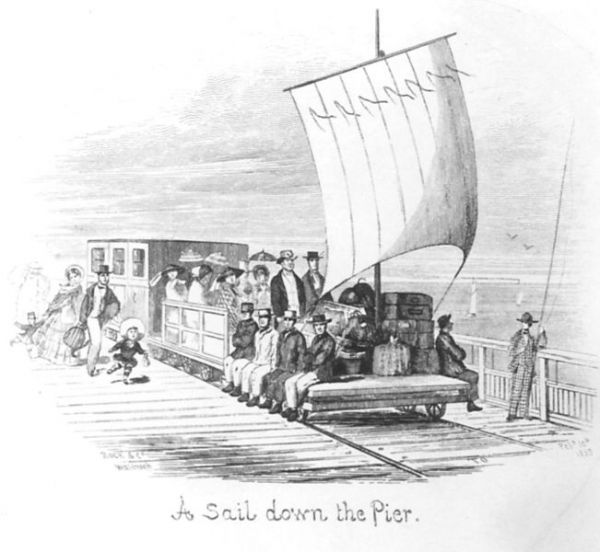 Sail-powered
trolleys were used in the UK from the 1850s onward, especially in
coastal areas that had a reliable gust. One in Cliffe, England, used
abandoned cement mine tracks to transport people wanting, as the book
The Cement Railways of Kent describes, to “dig worms and inspect the
sea defences.”
Sail-powered
trolleys were used in the UK from the 1850s onward, especially in
coastal areas that had a reliable gust. One in Cliffe, England, used
abandoned cement mine tracks to transport people wanting, as the book
The Cement Railways of Kent describes, to “dig worms and inspect the
sea defences.”3. PENYDARREN LOCOMOTIVE
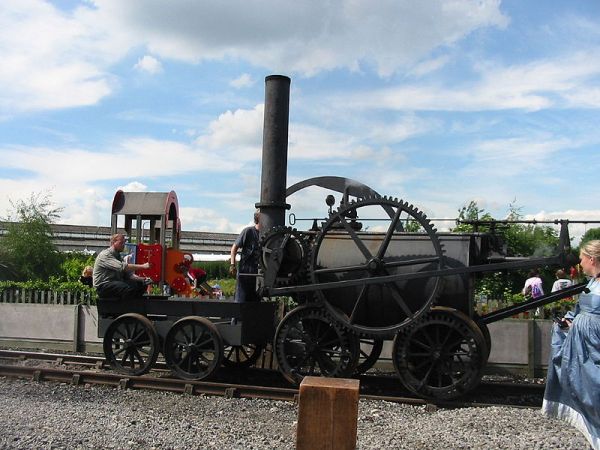
Not to be confused with a deluxe barbecue smoker, Richard Trevithick’s 1804 locomotive was the first steam engine to successfully run on rails. On its first run, the 7-ton train maxed out at 5 mph. The train was so heavy that it made only three journeys, breaking the cast-iron rails every time.
4. THE HOLMAN LOCOMOTIVE
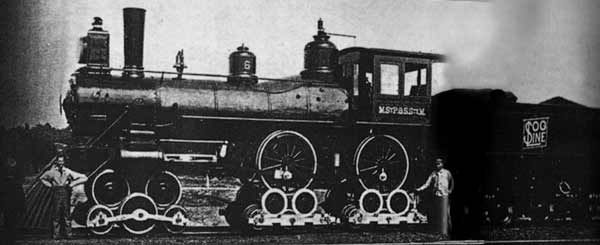 Built
in 1887 to swindle gullible investors, the Holman had wheels on wheels
on wheels. Impressive, but they did nothing to make the train run
better. Locomotive authority Angus Sinclair said it had the same value
as “throwing gold coin over Niagara Falls.” Nonetheless, a test run
helped sell a few phony stocks.
Built
in 1887 to swindle gullible investors, the Holman had wheels on wheels
on wheels. Impressive, but they did nothing to make the train run
better. Locomotive authority Angus Sinclair said it had the same value
as “throwing gold coin over Niagara Falls.” Nonetheless, a test run
helped sell a few phony stocks.5. GEORGE BENNIE’S RAILPLANE

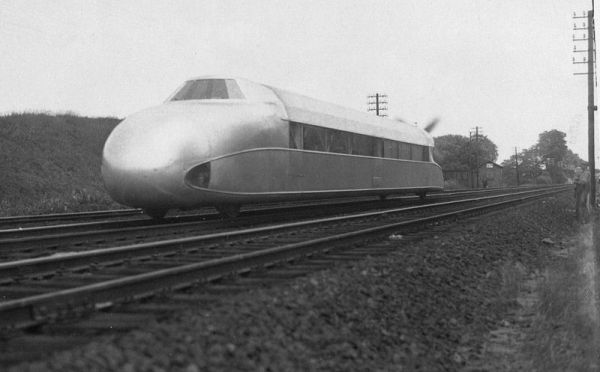
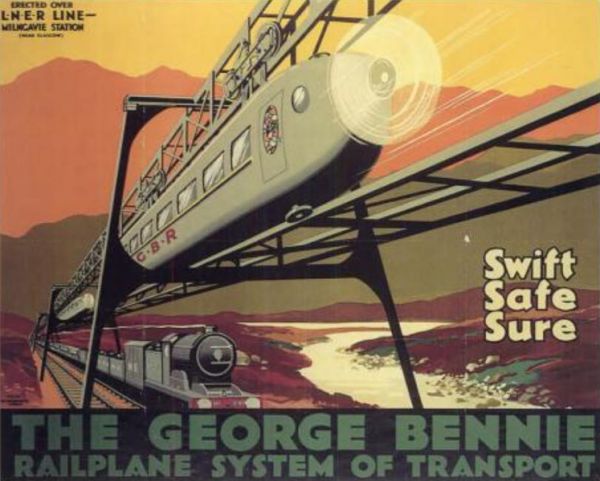
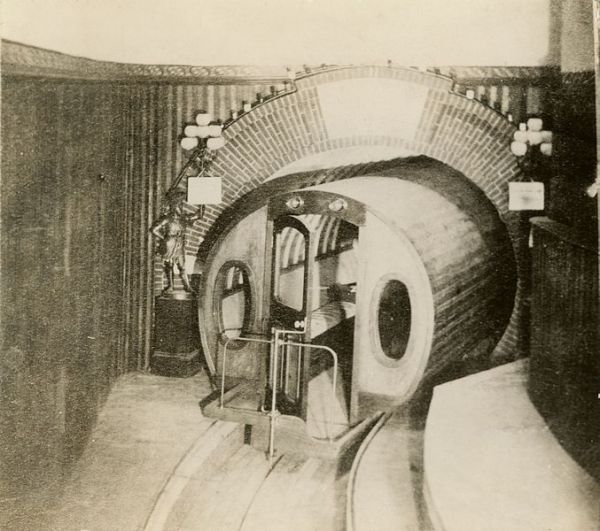
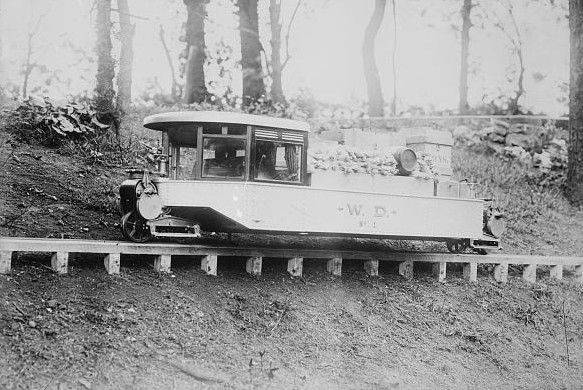
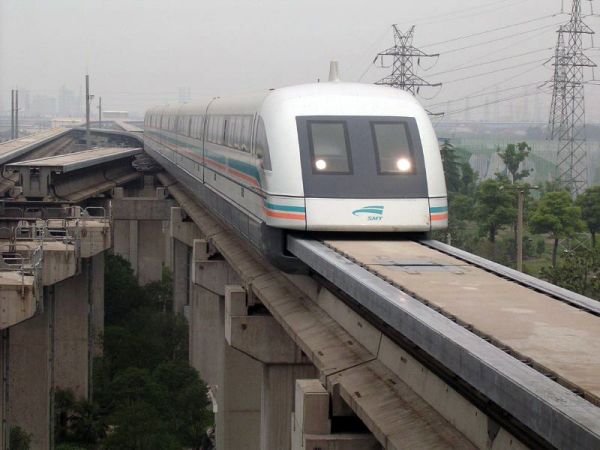
No comments:
Post a Comment